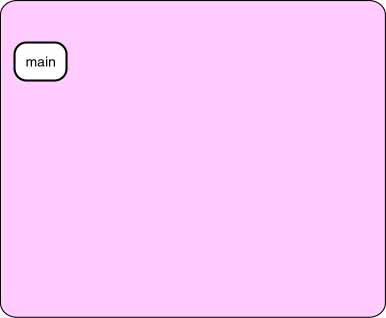Sure. Either or both methods could be iterative or recursive.

Here are the two (recursive) methods:
public int Triangle( int N )
{
if ( N == 1 )
return 1;
else
return N + Triangle( N-1 );
}
public int Pyramid( int N )
{
if ( N == 1 )
return 1;
else
return Pyramid ( N-1 )
+ Triangle ( N );
}
The diagram shows the activation chain when
the main() method has called Pyramid(3).
This results in three activations of the Pyramid() method.
Click on the diagram to see these activations.
In the diagram, a circle with P means an activation of Pyramid(),
and a circle with T means an activation of Triangle().
When a circle is dotted, it means that the activation has returned a value to its caller and is done.
When the base case Pyramid(1) is reached, it immediately
returns a value of 1.
Now the second activation, Pyramid(2), calls
Triangle(2) which results in activations of Triangle()
added to the chain.
After two activations, Triangle(2), returns a 3 to its caller.
Pyramid(2) now has all the values it needs and returns a
4 to its caller.
Pyramid(3) now calls Triangle(3) which eventually
returns a 6.
The value 10 is returned to main().
It is equally valid to write Pyramid() with the
methods in the last line reversed:
public int Pyramid( int N )
{
if ( N == 1 )
return 1;
else
return Triangle ( N ) + Pyramid ( N-1 ) ; // Reversed Order
}
This will compute the correct value. However, will this change the sequence of activations in the activation chain?